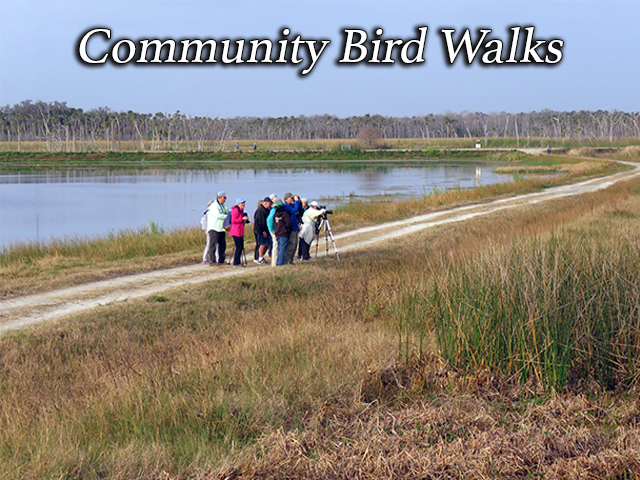Roan Mountain Highlands

Tennessee & North Carolina
June 10, 2023


Register by clicking the ‘book now’ button above, or by contacting the Ventures office. We accept credit cards for an additional fee (2.9% for MC, Visa, Discover; 3.9% for AmEx), but you may also pay by bank transfer, cash, check, or money order. This Venture is limited to 10 participants.
Departure: We will meet in front of the Rose’s Store at the Weaverville Plaza shopping center, just off US 19/23 North at the Weaverville Exit #19. Turn right off the exit ramp and turn left at the first light into the shopping center, head up the hill and bear right in front of the bank. There is also a Shell fuel station on the left in front of the shopping center. Time: 7:00 AM – 2 PM Price: $60
Widely known as a scenic attraction for well over a hundred years, Roan Mountain is now part of Pisgah National Forest. At 6,280 feet, the "bald" summit is the highest point of the Iron Mountains, which form a barrier between North Carolina and Tennessee. Spread along the ridge is Roan Mountain Gardens with 600 acres of Catawba rhododendron gardens and 850 acres of Fraser Fir and spruce. This natural garden on the crest of the mountain is usually in full bloom during the last two weeks of June. The unique blossoms of the Catawba Rhododendron are light red, pink and many shades of lavender. We can take a walk across Round Bald at Carver’s Gap, where there is a stunning group of over 75 spectacular flame azaleas, and if we are lucky we’ll see Gray’s Lily, a species endemic to the Southern Appalachians.
In addition to the varied plantlife, there are such high altitude birding treats as the Alder Flycatcher, Red Crossbill, Hermit Thrush, Veery, Red-breasted Nuthatch, Winter Wren, Chestnut-sided and Canada Warblers and Brown Creeper.
Due to the altitude of over 6,000 feet we may expect much cooler weather than in the foothills. The winds blowing up the mountain become chilled as they reach the higher elevations and may form fog and drizzle. The plants thrive under these conditions, but we should come prepared with a jacket or sweater and a rain jacket or umbrella--just in case. Sadly, we’ll also see first-hand evidence of the devastation of the Fraser Firs by the balsam wooly adelgid; a very sobering sight.





